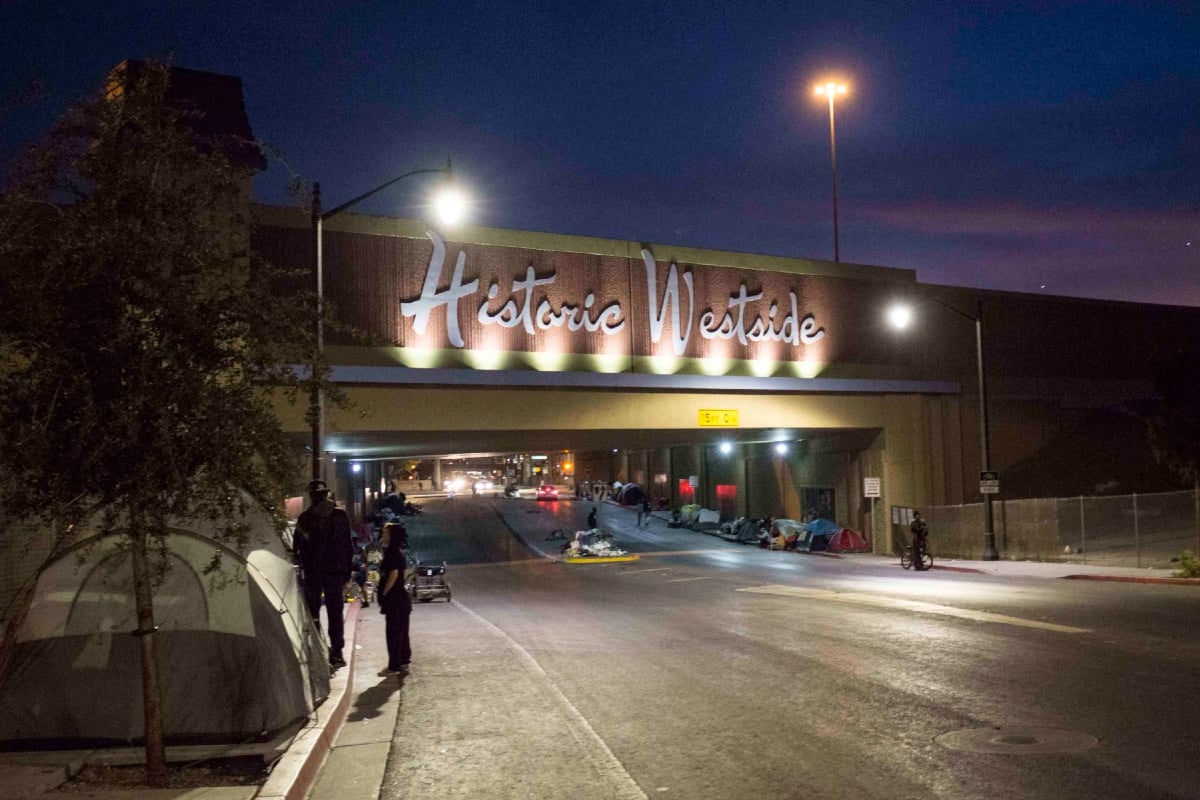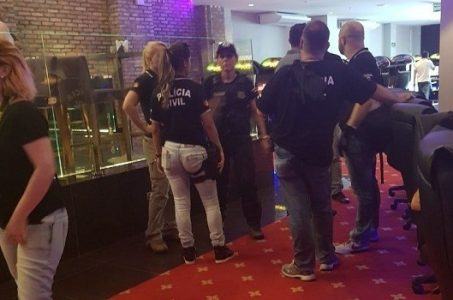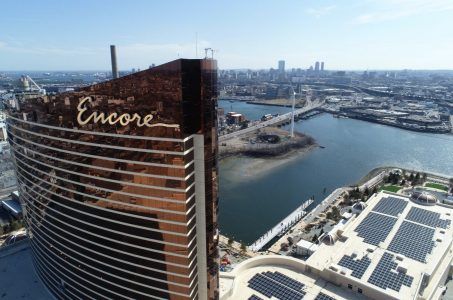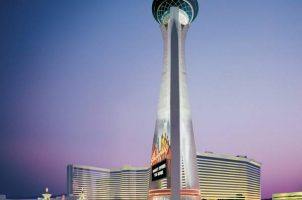MGM Resorts Donates $500K to Las Vegas Historic Westside Urban Farming Initiative
Posted on: September 29, 2021, 12:45h.
Last updated on: September 28, 2021, 02:47h.
MGM Resorts has donated half of a million dollars to Las Vegas’ Historic Westside to help the neighborhood construct a community-based urban agricultural farming facility.

It’s been a busy week for MGM Resorts. The largest casino operator in Nevada announced its acquisition of the operations of The Cosmopolitan on the Las Vegas Strip, and also revealed its $10 billion intentions to build an integrated resort in Japan’s Osaka.
While those two major announcements would be more than a week’s worth of business for most casino companies, MGM also confirmed its $500,000 contribution to the Historic Westside Farming Facility.
MGM provided the donation to the Mayor’s Fund for Las Vegas LIFE. That is a corporate and philanthropic vehicle that invests in a variety of community efforts tailored towards combating the most pressing and complex challenges in the Las Vegas Valley.
One of those challenges is the food insecurity that has plagued the Historic Westside area for years. Las Vegas’ Historic Westside — also referred to as West Las Vegas, or more simply, the Westside — is a roughly 3.5-acre area located northwest of the Strip near the I-15 and US 95 interchange.
Shipping Container Farm
The Westside was one of 13 communities selected by the US Environmental Protection Agency and Department of Agriculture to participate in the federal government’s “Local Foods, Local Places” environment and human health program in 2021.
Debuted in 2017, the initiative provides assistance to cities and towns across the country to create sustainable food sources for local residents.
“Local Foods, Local Places supports locally led, community-driven efforts to protect air and water quality, preserve open space and farmland, boost economic opportunities for local farmers and businesses, improve access to healthy local food, and promote childhood wellness,” the EPA website explains.
In Las Vegas’ Historic Westside, the program will include the use of pre-built 40-foot shipping containers that are designed to yield crops year-round. Each container can produce the output of nearly 3.5 acres of flat farming land.
MGM and the US government’s bequest will result in two such farming containers being delivered to the Historic Westside. The farming facility is being built within James Gay Park. The park runs adjacent to I-15 at Owens Avenue.
“The iconic Las Vegas Strip would not be what it is today without the Historic Westside Community” MGM Resorts CEO Bill Hornbuckle said of the company’s gift.
We are honored to join our neighbors in developing this farming facility that will have a positive and direct impact for those who are currently food insecure. At MGM Resorts we take seriously our commitment to invest in our communities, and we believe that we are all better off when we unite with one another for the common good.”
Once the shipping containers – manufactured by Freight Farms in Boston – arrive in Las Vegas, crops are ready for harvesting in as little as eight weeks. The produce farmed from the containers will be available to those in need in the community.
Segregated Past
Westside was where a considerable portion of Las Vegas’ black population was forced to live during segregation in the 1950s through the early 60s. During that time, African Americans were allowed to work inside Las Vegas casinos downtown and on the Strip, but weren’t allowed to patronize the resorts themselves. Instead, they were confined to the Westside area.
“The ten square block area stood in stark contrast to the glamorous resorts of the Strip. The Westside had neither running water, nor working sewage lines, nor paved streets,” the PBS program “Las Vegas: An Unconventional History” explains.
While segregation built the Westside neighborhood, desegregation has been blamed for the neighborhood’s economic decline over the decades.
Related News Articles
James Packer Says Crown Resorts Slot Tampering Allegations a ‘Lie’
Wynn Resorts’ Encore Boston Harbor Fate May Come Down Wednesday
Most Popular
Las Vegas Overstated F1 Race’s Vegas Impact — Report
Vegas Strip Clubs Wrestle in Court Over Animal Names
Most Commented
-
End of the Line for Las Vegas Monorail
— April 5, 2024 — 90 Comments -
Mega Millions Reportedly Mulling Substantial Ticket Price Increase
— April 16, 2024 — 6 Comments -
Nearly Abandoned Mall Outside Vegas Soon to Have Only One Tenant
— March 12, 2024 — 5 Comments -
Long Island Casino Opponents Love New York Licensing Delays
— March 27, 2024 — 5 Comments
















No comments yet